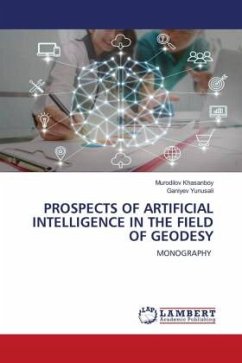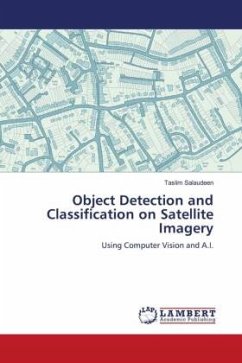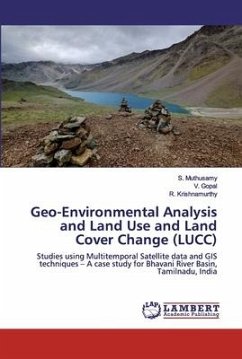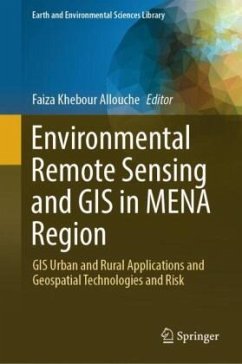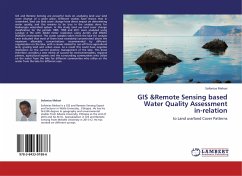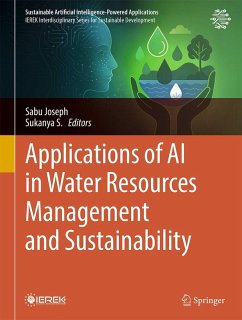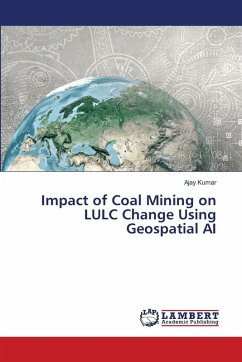
Impact of Coal Mining on LULC Change Using Geospatial AI
Versandkostenfrei!
Versandfertig in 6-10 Tagen
29,99 €
inkl. MwSt.

PAYBACK Punkte
15 °P sammeln!
Rapid economic growth and industrialization have significantly impacted the environment, especially in resource-extractive regions like the Jharia Coalfield in Dhanbad, Jharkhand, India. This study uses an integrated approach combining remote sensing, GIS, and geospatial artificial intelligence (GeoAI) to analyze Land Use/Land Cover (LULC) changes from 1992 to 2014. Supervised classification using the Maximum Likelihood algorithm was applied to enhance spatial accuracy. The results reveal substantial spatiotemporal shifts: coal locations, dense forests, water bodies, and barren lands declined,...
Rapid economic growth and industrialization have significantly impacted the environment, especially in resource-extractive regions like the Jharia Coalfield in Dhanbad, Jharkhand, India. This study uses an integrated approach combining remote sensing, GIS, and geospatial artificial intelligence (GeoAI) to analyze Land Use/Land Cover (LULC) changes from 1992 to 2014. Supervised classification using the Maximum Likelihood algorithm was applied to enhance spatial accuracy. The results reveal substantial spatiotemporal shifts: coal locations, dense forests, water bodies, and barren lands declined, while vegetation regrowth and residential areas increased. This change analysis identifies high-risk zones and degraded landscapes resulting from unregulated mining. A net loss of over 38% in forest and water areas was recorded, with significant expansion in coal zones and settlements. Remote sensing and GIS proved effective in mapping land degradation. The findings highlight the urgent need for sustainable land use policies and support the development of a long-term environmental management plan for the Jharia Coalfield.



